Osteopathy Overview
Osteopathy is a system of diagnosis and treatment where gentle techniques are used to release and realign the body. This hands-on therapy not only works with the body framework (muscles, joints, ligaments, tendons and fascia), it also works with the internal organs to aid your general health.
There is a reciprocal relationship between the structure and function of the body. By treating the body framework and the organs, we are able to affect digestion, circulation, lymphatic drainage, respiration and metabolism.
The goal of treatment is to relieve pain, improve mobility and to support and stimulate the body’s ability to heal itself.
Osteopathic practitioners use a highly trained sense of touch developed over years to both diagnose and treat the body. Our philosophy is to see the person as a whole, considering body, mind and spirit. By always looking for the cause of problems, we avoid merely treating the symptoms.
Who can we help?
Because we use a wide variety of techniques and each treatment is tailored to the individual, osteopathy is great for the whole family. We treat newborns through to the elderly, professional sports people, office workers and manual labourers.
What can we help with?
We treat patients suffering from:
- Back pain
- Neck pain
- Whiplash
- Headaches
- Migraine
- Sports Injuries
- Disc injuries and sciatica
- Jaw problems (TMJ)
- Frozen shoulder
- Ankle sprains
- Arthritis
- Rib sprain
- Scoliosis
- Occupational overuse syndrome
We also treat patients suffering more diverse conditions such as:
- Dizziness
- Otitis media (ear infections)
- Bell’s palsy
- Digestive problems
- Infants with sleeping, feeding and digestive problems (eg colic, vomiting and unsettled crying)
- Growing pains
- Autism
- Post-concussion syndrome
- Period pain
- Head injuries
- Urinary incontinence
- Bed wetting
- Learning difficulties
- Reflux
- Attention deficit hyperactivity disorder (ADHD)
Osteopathic treatment is also great for relaxation and supporting general health.
Your 1st Visit
On a 1st visit a full case history will be taken, and a postural exam and gait analysis may be done. You will be asked to perform a series of movements so the osteopathic practitioner can see any limitations in your mobility. Also, any relevant orthopedic, systemic (blood pressure etc) and neurologic tests will be carried out.
Using their hands the osteopathic practitioner will palpate (feel) your back, neck, head and extremities to localize any joint restrictions and muscular tightness.
Osteopathic practitioners use a wide variety of specialized techniques to treat the whole person.These include cranial osteopathy, soft tissue massage, muscle energy technique, low amplitude manipulations, fascial unwinding and mobilization.
We are also able to give postural advice, ergonomic advice and to prescribe stretching and strengthening exercises.
Once serious contraindications to osteopathic therapy have been ruled out, all the information gathered is analyzed and treatment can begin.
It is not always necessary to remove your clothing for a treatment. You may want to bring comfortable, loose clothing. A gown can be provided if you prefer.
What if it’s something more serious?
Osteopathic Practitioners are trained to recognize serious problems that may present as musculoskeletal pain.
A thorough case history and physical examination allow us to recognize warning signs of problems that may mimic back pain or other musculoskeletal pain. If further investigations are required you will be referred to your family doctor.
We work closely with your family doctor to ensure you get the best possible care.


